According to the draft Law on the Capital (amended), Hanoi will develop urban areas in the direction of public transport (TOD). Nguoi Dua Tin had an interview with Dr. Mai Thi Mai - Deputy Head of the Department of Constitutional Law, Hanoi Law University, an expert with research on TOD to understand more about this model.
Pedestrians must be given priority.
Investor: Dr. Mai Thi Mai, can you tell us what the orientation for public transport development (TOD) is in fact and in your opinion, is it feasible to develop Hanoi's urban area according to TOD orientation?
Dr. Mai Thi Mai: Development according to the public transport system (Transit Oriented Development - TOD) is an urban development model that takes the orientation of public transport development as the basis for urban development planning, taking traffic hubs as the point of population concentration to further form a decentralized transport system.
The important thing when designing TOD is to meet the following basic factors: pedestrian system design must be given top priority, TOD point is a synthesis of office functions, sales services, residential; train station is a prominent feature of the regional center, the design must ensure ease of transportation support system, minimize and manage parking system in a 10-minute walking cycle in the central area, train station.

Dr. Mai Thi Mai, Deputy Head of the Department of Constitutional Law, Hanoi Law University.
TOD can strengthen the local economy. Improving local public transportation can cut down on vehicle transportation costs and travel times. With reduced travel time and costs, people will be able to spend time and money at restaurants, shops, and museums in the local area.
This is a good opportunity for cities to improve their urban landscapes and restructure urban areas along the corridors of mass transit routes. Major cities in our country such as Hanoi and Ho Chi Minh City are starting to build urban railway lines.
In particular, in Conclusion 49 of the Politburo and the orientation for the development of Vietnam's railway transport to 2030, with a vision to 2045, the direction is to complete the urban railway network in Hanoi and Ho Chi Minh City by 2035.
This is the political basis, an important premise that lays the foundation for linking urban development in general and urban development in Hanoi in particular with the TOD model. A community with TOD elements has lower costs than suburban expansion. Spread-out development is very expensive because it requires the expansion of infrastructure and public utilities, while TOD promotes a compact community and uses existing infrastructure. A community that depends on public transportation saves money on infrastructure repairs when the use of transportation is reduced.
Incentives for TOD development are unclear.
Investor : To develop TOD for the Capital, what preferential and priority policies does Hanoi need to be guaranteed in the Capital Law (amended?
Dr. Mai Thi Mai : Although TOD has become an orientation in Hanoi's urban transport planning, at present, preferential policies for investors, as well as incentives to motivate and promote the implementation of TOD through legal regulations, are not yet clear.
The premise is to orientate the creation of driving force for the development of the Capital, including recognizing the Capital's specific mechanisms for development.
Along with the recognition of a series of foundations and political orientations for the development of urban railways in Hanoi, the Draft Law on the Capital (amended) records the contents to create motivation to promote the formation of a model for public transport development in Hanoi Capital, showing the strategic vision and policy for the development of traffic planning of Hanoi Capital. This is a highly sustainable orientation.

The contents to create a legal corridor for the construction and development of TOD in the Capital recorded in the Draft Law are quite complete and adequate.
In the draft Law on the Capital (amended), the contents that can be implemented to apply TOD are mostly recorded in Article 40 "Urban development in the direction of public transport".
In particular, most of the requirements to be able to implement public transport-oriented development activities have been mentioned in the contents of Article 40, from the regulations on the authority of the subject that can approve the investment plan, which is the Hanoi People's Council; to the different procedures for implementing the application of TOD public transport orientation construction such as: the process of mobilizing resources to develop urban railways according to TOD; the order and procedures for approving the investment policy of TOD projects; the order of preparing, appraising and approving the Detailed Planning of urban railways and TOD areas; the order and procedures for deciding on investment in TOD projects, component projects of TOD investment projects...
Furthermore, to ensure a unified understanding of the TOD Project as well as to be compatible with the content of urban development activities according to the public transport development priority model (TOD) in Article 40 of the Draft Law, Clause 2, Article 3 should be amended as follows: “The public transport-oriented urban development project (TOD Project) is a comprehensive project to invest in the construction of an urban railway line associated with TOD areas along the line. In which, the component projects of the TOD Project include: compensation, support, resettlement, and site clearance projects”.
By recording the above contents on TOD, it can be seen that the Draft Law has oriented the incentives and priorities for the development of the public transport system of the Capital from the perspective of urban development policy, infrastructure management development, mobilizing budgetary resources for the development of the Capital, as well as the mechanism to attract social investment and strategic investors to be able to build and complete the public transport system of the Capital.
Basically, the contents to create a legal corridor for the construction and development of TOD in the Capital recorded in the Draft Law are quite complete and adequate.
To make TOD successful, it is necessary to expand the linking space.
Investor : Madam, if the revised Capital Law allows Hanoi to have preferential policies to develop urban planning policies on public transport associated with the TOD model, will Hanoi be able to soon implement the new regulations as expected?
Dr. Mai Thi Mai : In fact, since 2017, Hanoi has established a detailed planning project for Hanoi Railway Station and its vicinity according to the TOD model. However, this project is assessed to have many limitations such as: Over-focusing on real estate while underestimating the important role of modernizing urban transport; focusing on commercial benefits while ignoring the task of developing public spaces and enhancing social connections; benefits are focused on small investment groups without aiming to share common opportunities with the community.
These limitations contain many investment risks because the project is very large in scale and depends on many factors during long-term implementation.
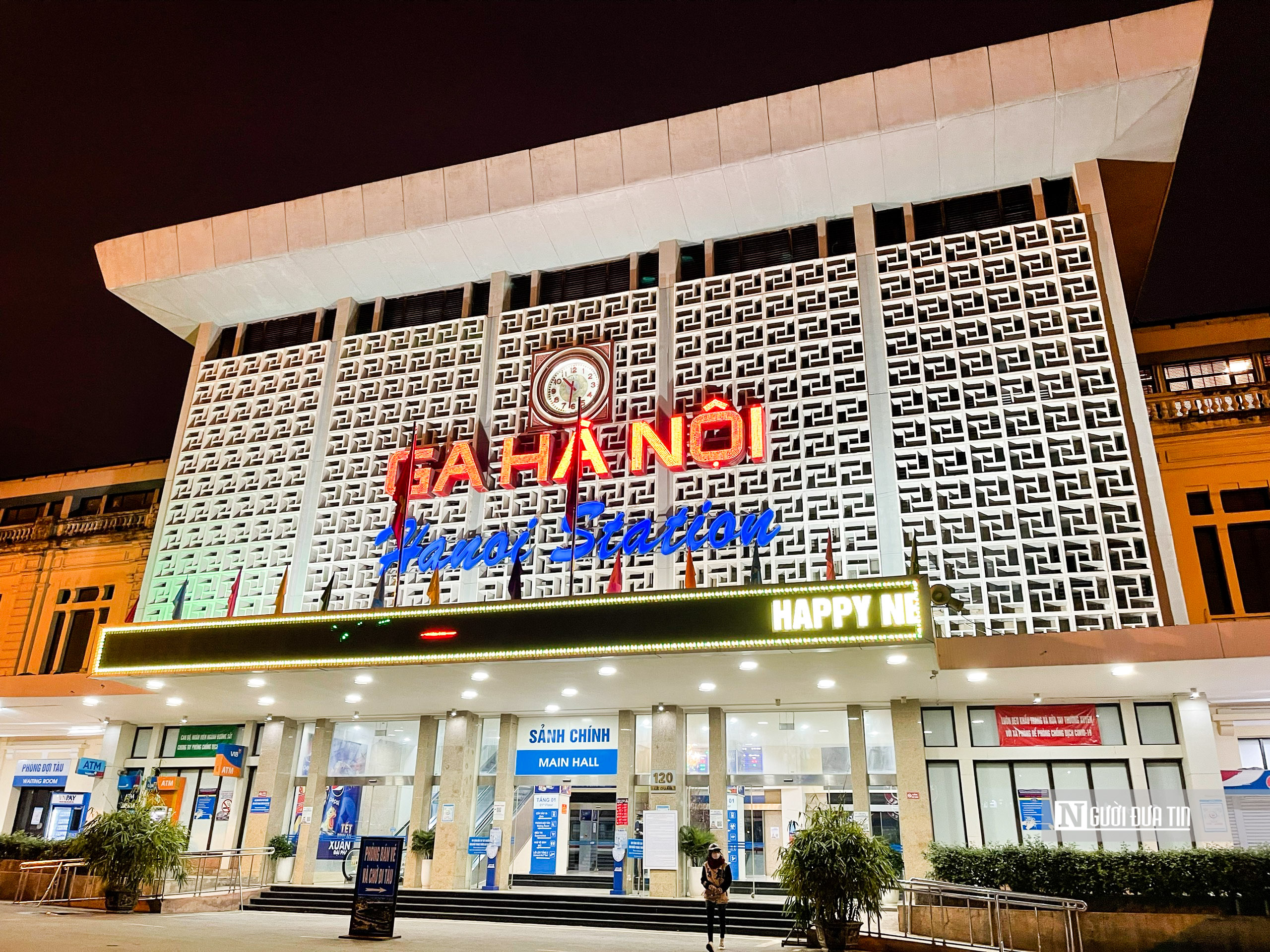
According to Dr. Mai Thi Mai, to make the TOD project successful, Hanoi Railway Station needs to be the center to expand the connecting space.
For the TOD project to be successful, it is necessary to expand the connecting space, with Hanoi Station as the center. The railway line through the city center is an integrated multi-purpose, multi-benefit, multi-industry connecting axis, forming a 15km long circular route from Hanoi Station through Hang Bai, through Tran Hung Dao underground, across the Red River to Gia Lam Station and back to Hanoi Station. With the expanded connection, the suburban railway will effectively connect with the urban railway.
TOD space is not only limited to 200,000 m2 of Hanoi Railway Station, but millions of square meters of commercial business of the underground and above-ground commercial street and station chain will be formed, not only creating commercial business spaces but also reserving land for public space development. The project also opens up capital to strengthen and restore the entire existing railway station system, Long Bien Bridge and relieve the deadlock of the unfinished urban railway line.
The scale of a billion-dollar TOD project cannot only have the participation of a few businesses. Hanoi needs to create a mechanism to attract small and medium-sized investors to participate. It is important that the city commits to the investment reliability of the project by announcing the entire content, plan, benefits, capital contribution conditions... so that investors can evaluate and take responsibility for this "promising" investment. This is the most accurate measure of the success or failure of Hanoi's TOD project.
Therefore, for Vietnam in general and the Capital in particular, applying the TOD principle to the process of designing, renovating, expanding and planning urban construction not only brings the above-mentioned benefits and convincing effects but also relieves traffic hotspots, which are causing much frustration in society.
The fact that the Draft Law relatively fully acknowledges the legal basis for operating the TOD model shows a strategic vision and great progress in the determination to deploy and apply the TOD model in the capital Hanoi.
Investor: Thank you very much for sharing!
Source


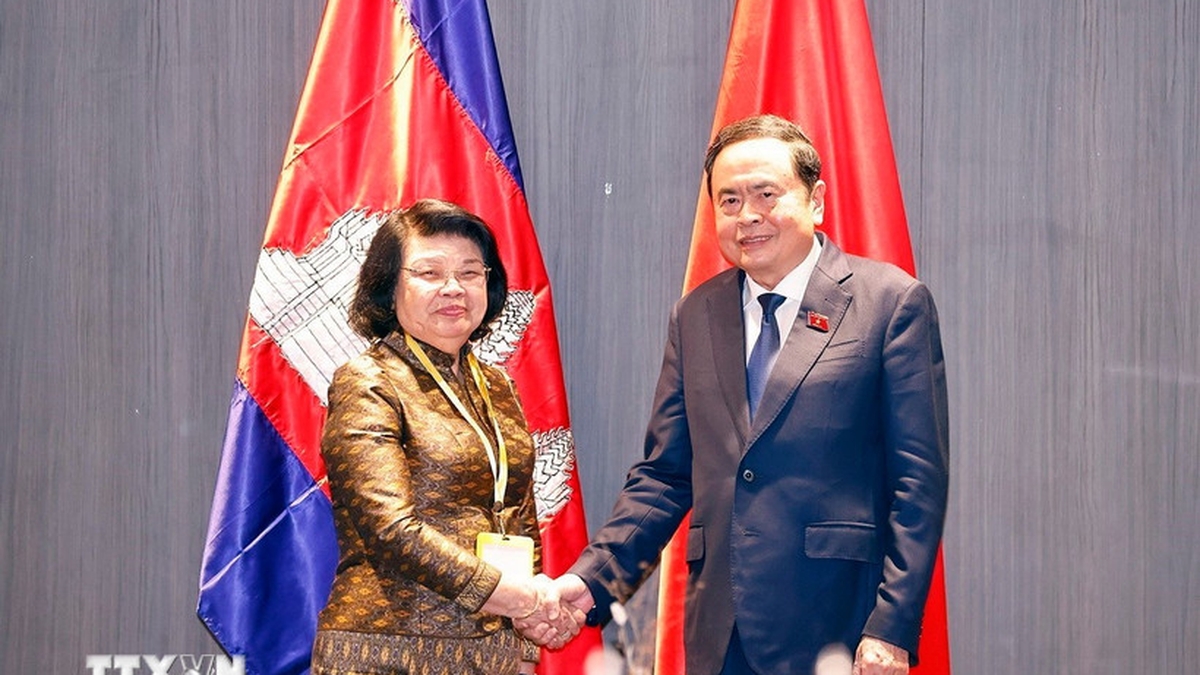
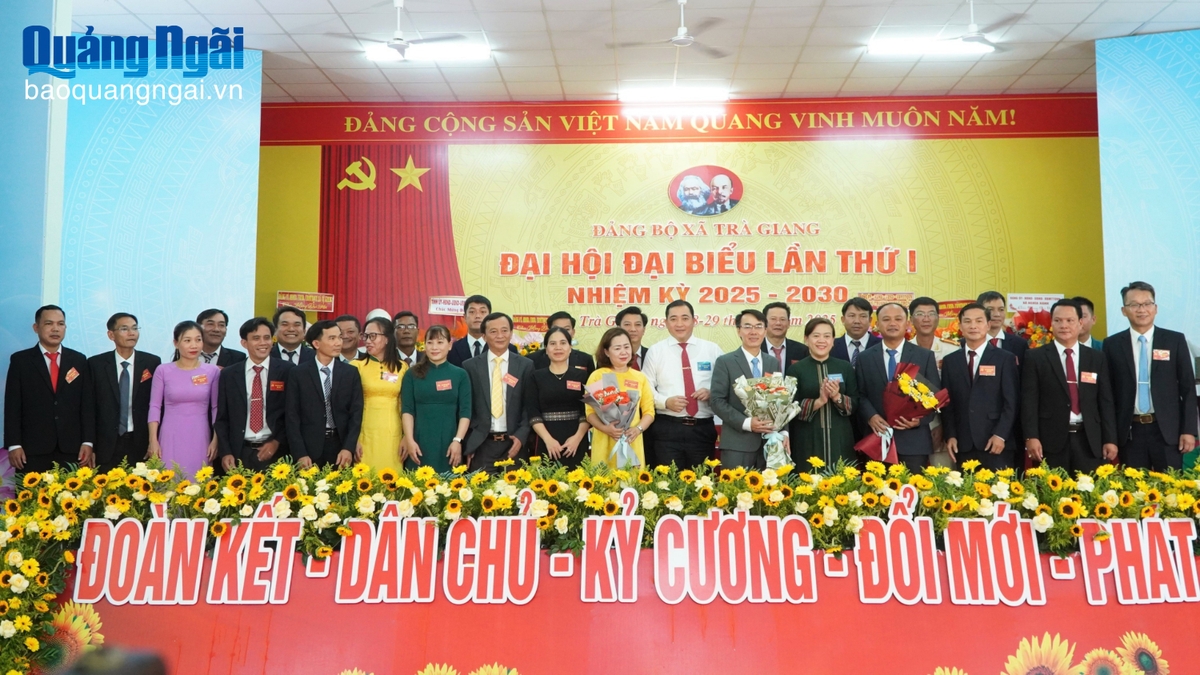

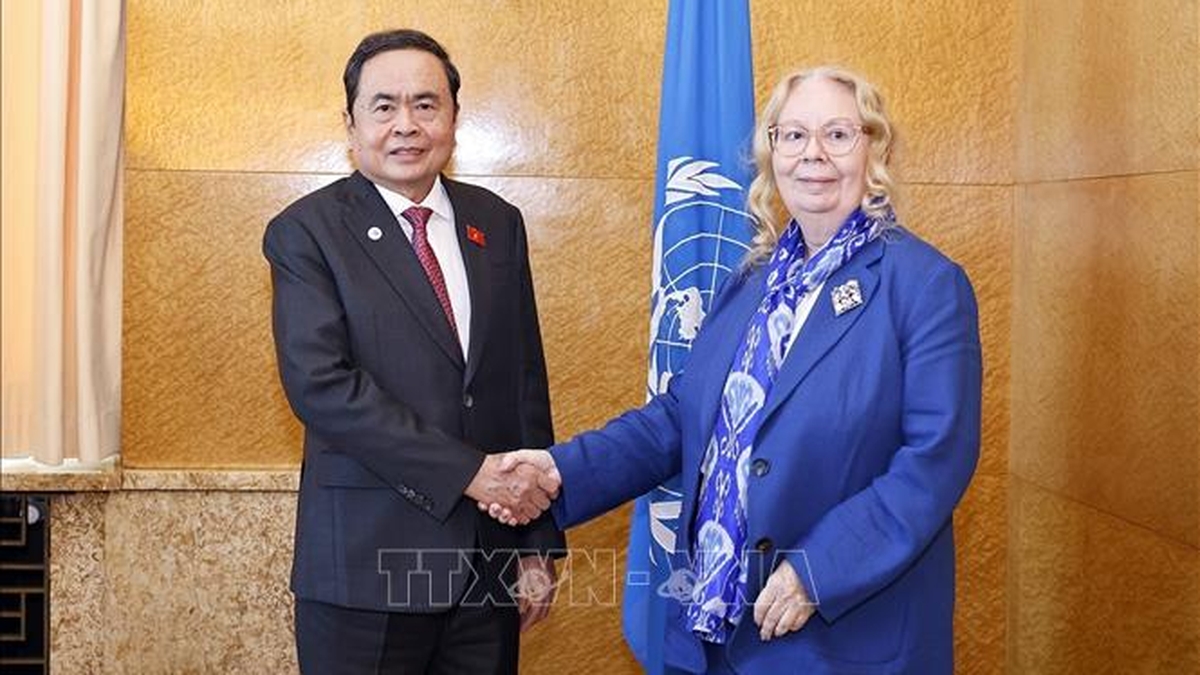



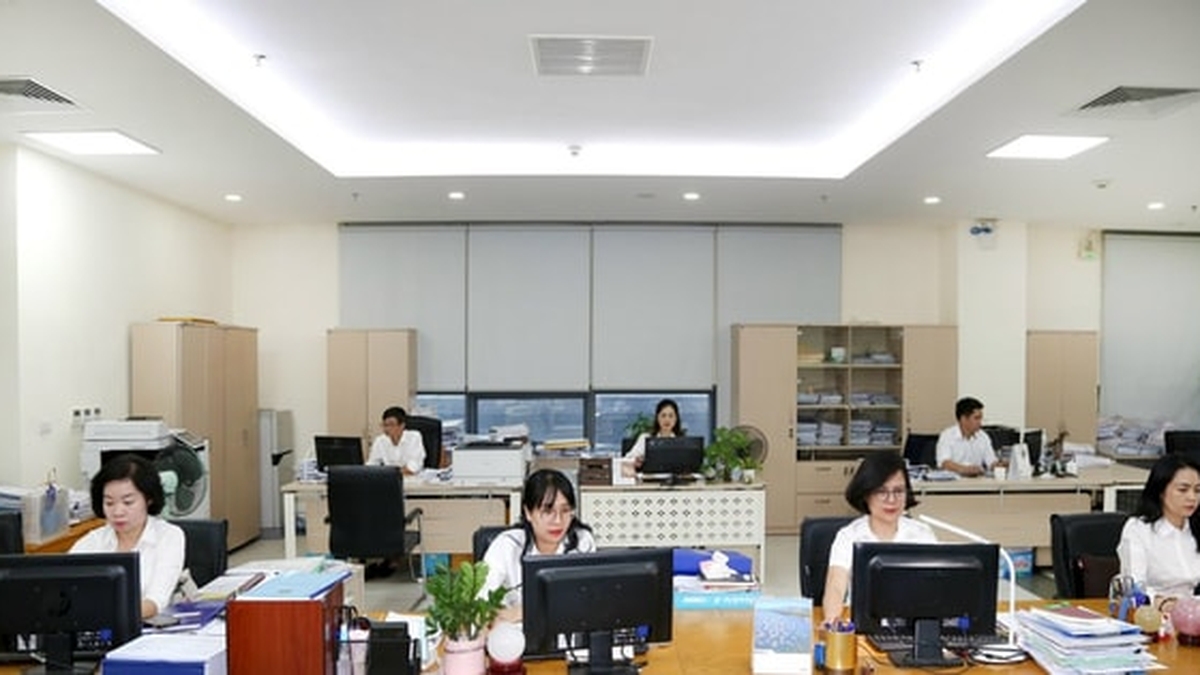

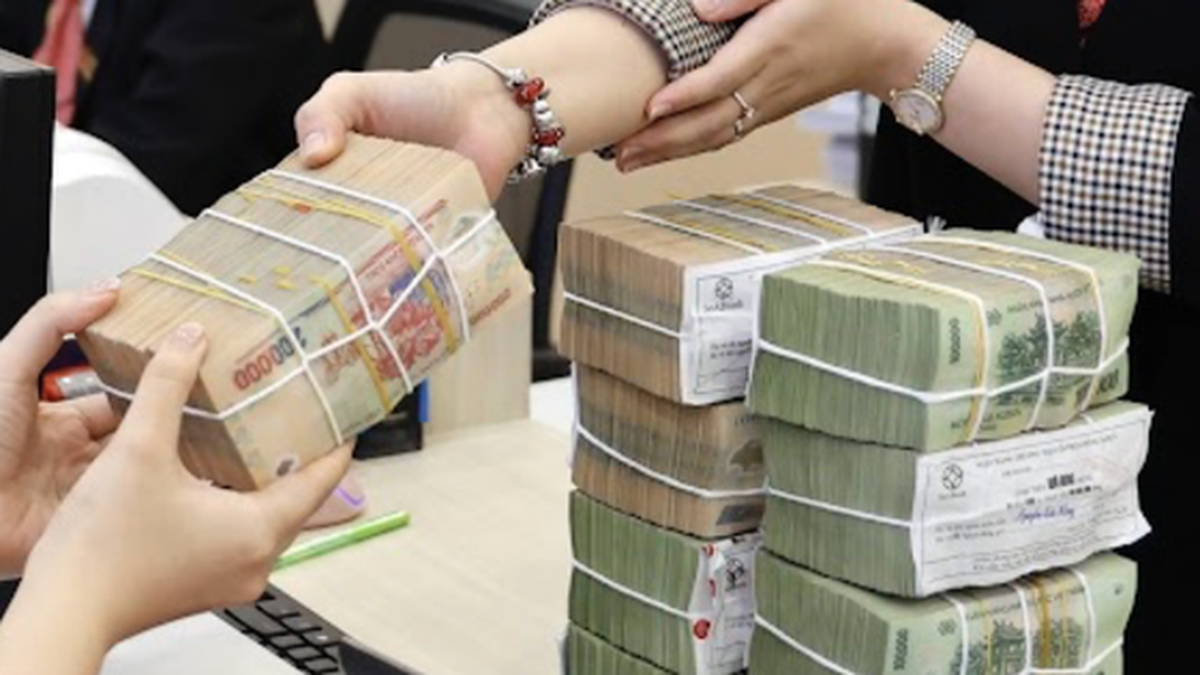










![[Photo] National Assembly Chairman attends the seminar "Building and operating an international financial center and recommendations for Vietnam"](https://vphoto.vietnam.vn/thumb/1200x675/vietnam/resource/IMAGE/2025/7/28/76393436936e457db31ec84433289f72)























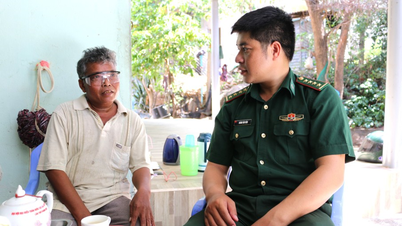


















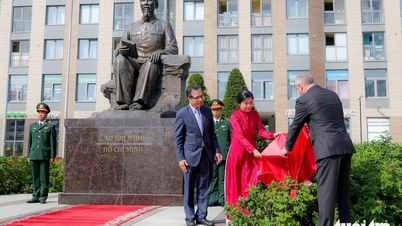

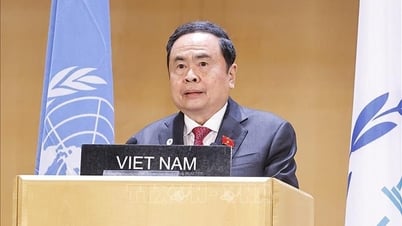


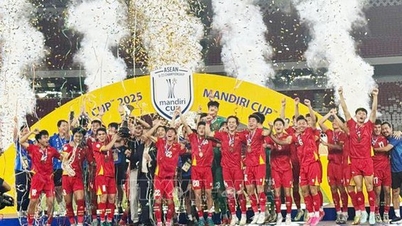


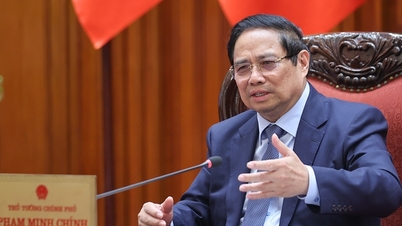





















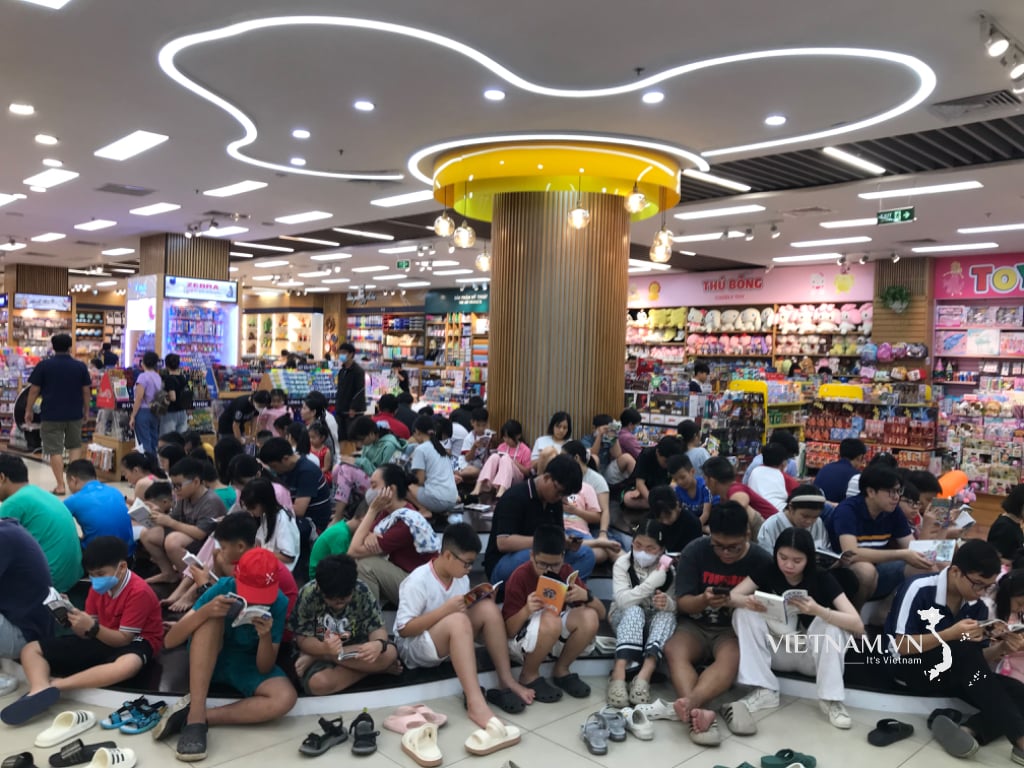

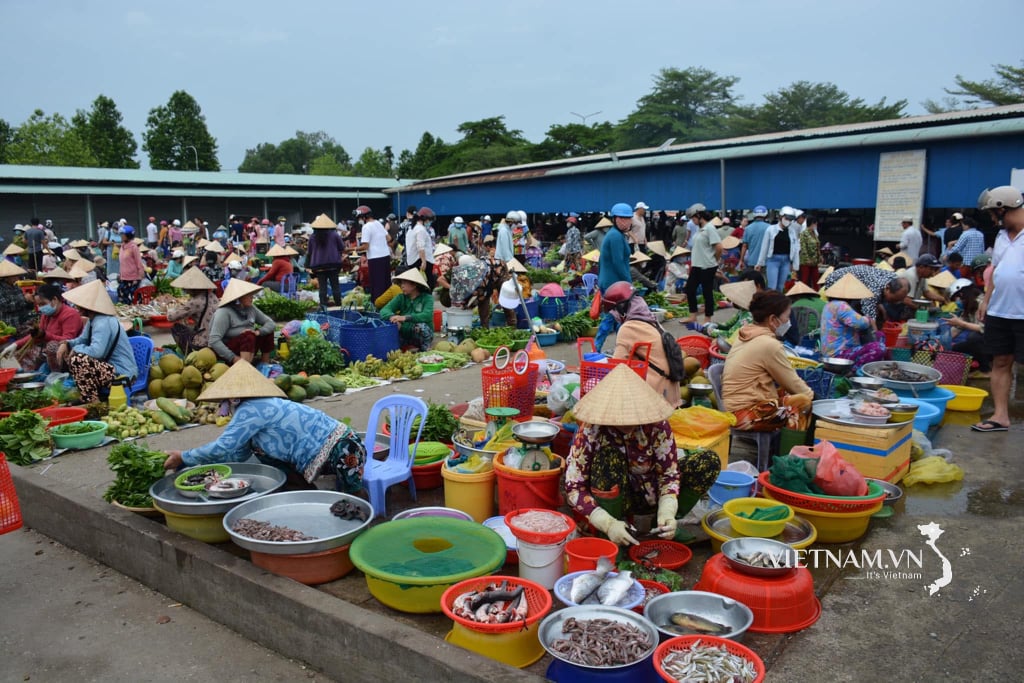

Comment (0)